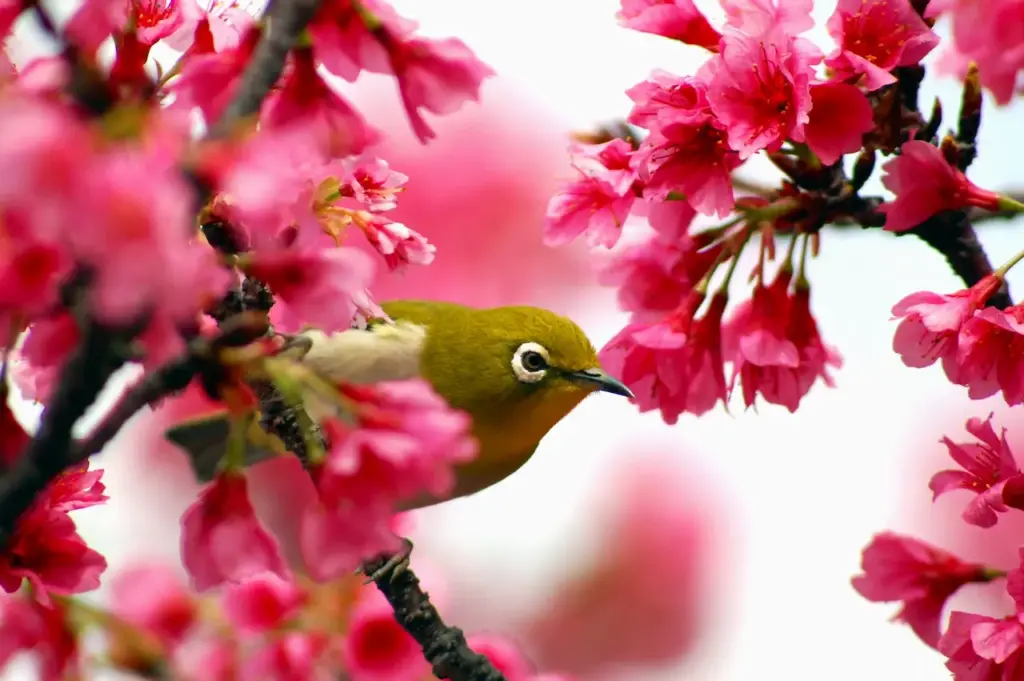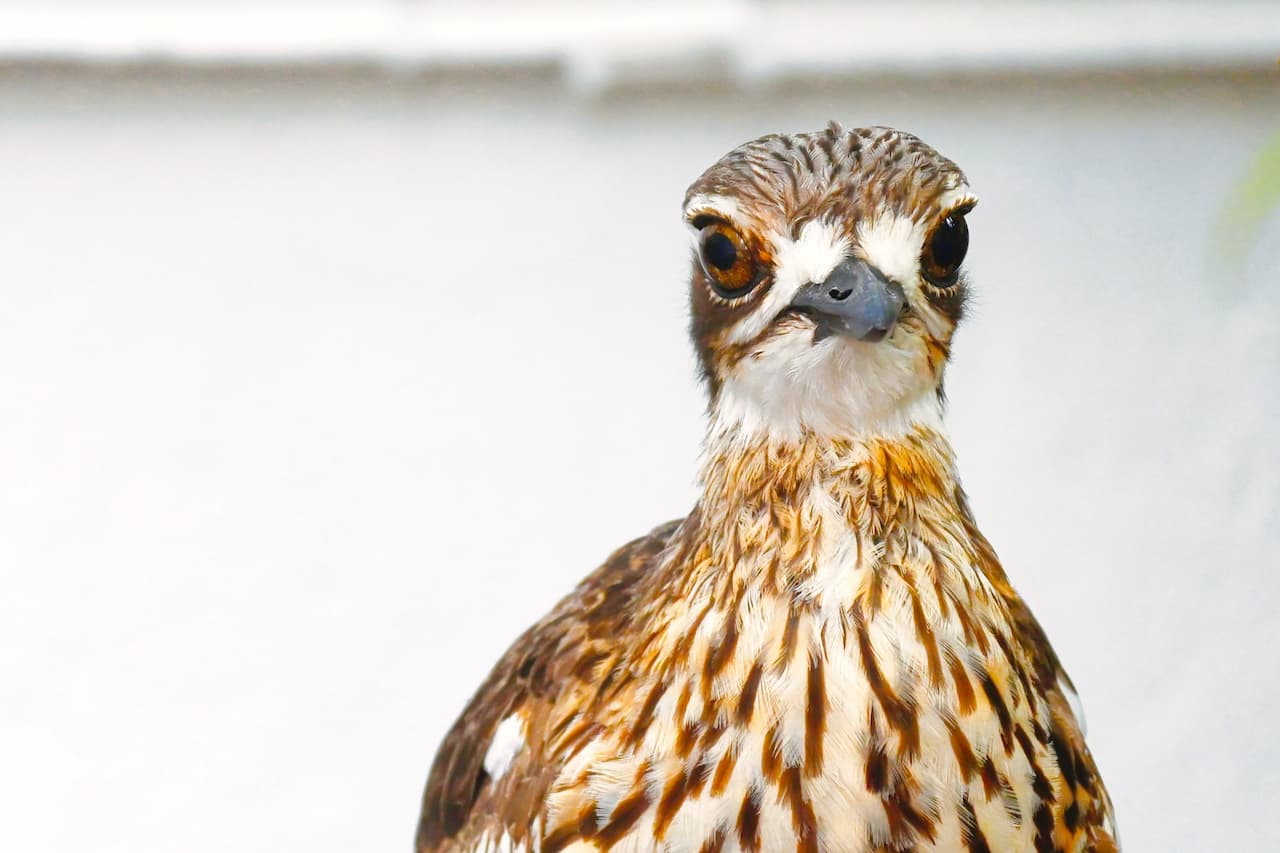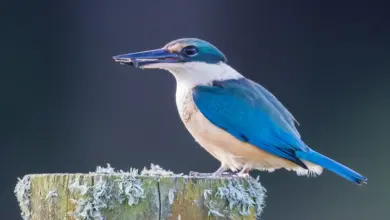Japanese White-eyes
Japanese White-eyes
The Japanese White-eyes (Zosterops japonicas) – also known as the mejiro – is native to much of East Asia, including Japan, China, Vietnam, Taiwan, and the Philippines.

It has been intentionally introduced to other parts of the world as a pet and as pest control, with mixed results.
As one of the native species of the Japanese islands, it has been depicted in Japanese art on numerous occasions and historically was kept as a caged bird.
Introduced to Hawaii in 1929 as a means of insect control, it has since become a common bird on the Hawaiian Islands and has become a vector for avian parasites that are now known to adversely affect populations of native birds such as Hawaiian honeycreepers, as well as spreading invasive plant species through discarded seeds.
White-eye Information Page … White-eye Species Index … White-eye Species Photo Gallery
Description
The Japanese White-eye is about 4 to 4.5 inches in size, with a green forehead and a yellow throat, a greenish back, dark brown wings, and a tail outlined in green.
Like other white eyes, this species exhibits the distinctive white eyering that gives it its name (mejiro also meaning “white eye” in Japanese).

Diet / Feeding
It is omnivorous, feeding primarily on insects and nectar.
Nesting
When building nests, they often steal material from the nests of other birds
References
- Guest, Sandra J. (1973) A reproductive biology and natural history of the Japanese White-eye (Zosterops japonica japonica) in urban Oahu. Technical Report 29. Island Ecosystems. US International Biological Program.
- BirdLife International (2004). Zosterops japonicus. 2006. IUCN Red List of Threatened Species. IUCN 2006. Retrieved on 12 May 2006. Database entry includes justification for why this species is of least concern
- “Zosterops japonicus”. Integrated Taxonomic Information System. 179912. Retrieved 4 February 2006.
Beauty Of Birds strives to maintain accurate and up-to-date information; however, mistakes do happen. If you would like to correct or update any of the information, please contact us. THANK YOU!!!



